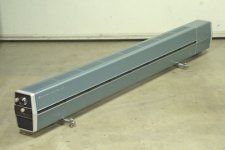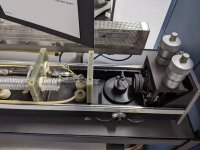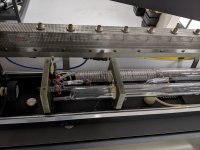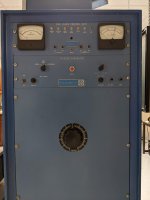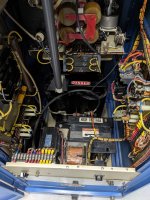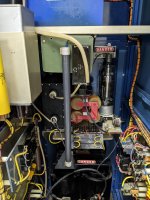D
Deleted member 67819
Guest
The only limiting factor for holography is stability, so why wouldn't those lasers be suitable? With an appropriate aperture size and maybe an etalon you can get the required beam, and as long as your setup is stable you can just crank up the exposure time to get the required illumination.
Even rather tiny HeNes have been used for this job. You don't need something like my trusty 5+ W TEM00 single mode Argon to produce a hologram. The only real benefit of a high power is that you severly reduce the long term stability requirement for your setup.
Even rather tiny HeNes have been used for this job. You don't need something like my trusty 5+ W TEM00 single mode Argon to produce a hologram. The only real benefit of a high power is that you severly reduce the long term stability requirement for your setup.




